University certificate
The world's largest school of business”
Introduction to the Program
With this fully online program, you will master the most innovative purchasing strategies to make decisions that positively impact profitability and organizational competitiveness”

In a dynamic and changing business context, Purchasing Management is facing increasingly complex challenges. Globalization, digitalization and growing consumer expectations force companies to review their procurement strategies to ensure competitiveness and efficiency. In response, experts need to handle the most cutting-edge tools to make strategic decisions that contribute to cost reduction, risk management and strengthening relationships with suppliers.
For this reason, TECH is launching an innovative program in Senior Purchasing Management . Designed by renowned experts in this area, the academic itinerary will delve into issues ranging from the fundamentals of executive management or the use of the latest technological tools to the implementation of the most modern marketing strategies to optimize the visibility of companies in different markets. As a result, graduates will be able to design and execute purchasing strategies aligned with the company's strategic objectives, guaranteeing operational efficiency and resource optimization.
At the same time, in order to consolidate such knowledge in an efficient and immediate manner, TECH programs are based on the exclusive Relearning methodology. Through this system, experts will reinforce understanding by repeating key concepts throughout the program, which will be presented in a variety of audiovisual media for progressive and effective knowledge acquisition. In addition, the curriculum includes the participation of a renowned International Guest Director, who will give intensive Masterclasses that will provide students with advanced leadership skills.
A prestigious International Guest Director will offer rigorous Masterclasses on the latest trends in the field of Senior Purchasing Management ”
This Advanced master’s degree in Senior Purchasing Management contains the most complete and up-to-date educational program on the market. Its most notable features are:
- The development of practical cases presented by experts in Senior Purchasing Management
- The graphic, schematic, and practical contents with which they are created, provide scientific and practical information on the disciplines that are essential for professional practice
- Practical exercises where the self-assessment process can be carried out to improve learning
- Special emphasis on innovative methodologies in Senior Purchasing Management
- Theoretical lessons, questions to the expert, debate forums on controversial topics, and individual reflection assignments
- Content that is accessible from any fixed or portable device with an Internet connection
You will motivate multidisciplinary Purchasing teams, managing resources and ensuring the alignment of activities with the company's objectives”
The teaching staff includes professionals belonging to the field of Senior Purchasing Management , who contribute their work experience to this program, as well as recognized specialists from leading companies and prestigious universities.
The multimedia content, developed with the latest educational technology, will provide the professional with situated and contextual learning, i.e., a simulated environment that will provide an immersive learning experience designed to prepare for real-life situations.
This program is designed around Problem-Based Learning, whereby students must try to solve the different professional practice situations that arise during the academic year. For this purpose, professionals will be assisted by an innovative interactive video system created by renowned and experienced experts.
You will have access to a learning system based on repetition, with natural and progressive teaching throughout the entire syllabus"

You will gain valuable lessons learned through real-world case studies in simulated learning environments"
Why study at TECH?
TECH is the world’s largest online university. With an impressive catalog of more than 14,000 university programs available in 11 languages, it is positioned as a leader in employability, with a 99% job placement rate. In addition, it relies on an enormous faculty of more than 6,000 professors of the highest international renown.

Study at the world's largest online university and guarantee your professional success. The future starts at TECH”
The world’s best online university according to FORBES
The prestigious Forbes magazine, specialized in business and finance, has highlighted TECH as “the world's best online university” This is what they have recently stated in an article in their digital edition in which they echo the success story of this institution, “thanks to the academic offer it provides, the selection of its teaching staff, and an innovative learning method aimed at educating the professionals of the future”
A revolutionary study method, a cutting-edge faculty and a practical focus: the key to TECH's success.
The most complete study plans on the university scene
TECH offers the most complete study plans on the university scene, with syllabuses that cover fundamental concepts and, at the same time, the main scientific advances in their specific scientific areas. In addition, these programs are continuously being updated to guarantee students the academic vanguard and the most in-demand professional skills. In this way, the university's qualifications provide its graduates with a significant advantage to propel their careers to success.
TECH offers the most comprehensive and intensive study plans on the current university scene.
A world-class teaching staff
TECH's teaching staff is made up of more than 6,000 professors with the highest international recognition. Professors, researchers and top executives of multinational companies, including Isaiah Covington, performance coach of the Boston Celtics; Magda Romanska, principal investigator at Harvard MetaLAB; Ignacio Wistumba, chairman of the department of translational molecular pathology at MD Anderson Cancer Center; and D.W. Pine, creative director of TIME magazine, among others.
Internationally renowned experts, specialized in different branches of Health, Technology, Communication and Business, form part of the TECH faculty.
A unique learning method
TECH is the first university to use Relearning in all its programs. It is the best online learning methodology, accredited with international teaching quality certifications, provided by prestigious educational agencies. In addition, this disruptive educational model is complemented with the “Case Method”, thereby setting up a unique online teaching strategy. Innovative teaching resources are also implemented, including detailed videos, infographics and interactive summaries.
TECH combines Relearning and the Case Method in all its university programs to guarantee excellent theoretical and practical learning, studying whenever and wherever you want.
The world's largest online university
TECH is the world’s largest online university. We are the largest educational institution, with the best and widest online educational catalog, one hundred percent online and covering the vast majority of areas of knowledge. We offer a large selection of our own degrees and accredited online undergraduate and postgraduate degrees. In total, more than 14,000 university degrees, in eleven different languages, make us the largest educational largest in the world.
TECH has the world's most extensive catalog of academic and official programs, available in more than 11 languages.
Google Premier Partner
The American technology giant has awarded TECH the Google Google Premier Partner badge. This award, which is only available to 3% of the world's companies, highlights the efficient, flexible and tailored experience that this university provides to students. The recognition as a Google Premier Partner not only accredits the maximum rigor, performance and investment in TECH's digital infrastructures, but also places this university as one of the world's leading technology companies.
Google has positioned TECH in the top 3% of the world's most important technology companies by awarding it its Google Premier Partner badge.
The official online university of the NBA
TECH is the official online university of the NBA. Thanks to our agreement with the biggest league in basketball, we offer our students exclusive university programs, as well as a wide variety of educational resources focused on the business of the league and other areas of the sports industry. Each program is made up of a uniquely designed syllabus and features exceptional guest hosts: professionals with a distinguished sports background who will offer their expertise on the most relevant topics.
TECH has been selected by the NBA, the world's top basketball league, as its official online university.
The top-rated university by its students
Students have positioned TECH as the world's top-rated university on the main review websites, with a highest rating of 4.9 out of 5, obtained from more than 1,000 reviews. These results consolidate TECH as the benchmark university institution at an international level, reflecting the excellence and positive impact of its educational model.” reflecting the excellence and positive impact of its educational model.”
TECH is the world’s top-rated university by its students.
Leaders in employability
TECH has managed to become the leading university in employability. 99% of its students obtain jobs in the academic field they have studied, within one year of completing any of the university's programs. A similar number achieve immediate career enhancement. All this thanks to a study methodology that bases its effectiveness on the acquisition of practical skills, which are absolutely necessary for professional development.
99% of TECH graduates find a job within a year of completing their studies.
Advanced Master's Degree in Senior Purchasing Management
A company could not function without proper procurement and purchasing management, which allows it to supply and provide the inputs or raw materials necessary for its operation. Managing this field is not a simple task, since the professional in charge of its administration must have an analytical business vision that allows them to be aware of the new developments. At TECH Global University, we are motivated to provide quality academic content, therefore, we have designed an extensive Advanced Master's Degree in Senior Purchasing Management, with which you will learn to negotiate with suppliers and manage merchandise in a more efficient and productive way. The postgraduate program was developed under the highest standards of educational quality, which guarantees that you will obtain an immersive and rigorous preparation. Our teaching model includes innovative lessons guided by experts, who will contribute their best knowledge and skills. From this, you will learn about topics ranging from the administration of the main areas of the company, executive management and talent management, the economic-financial area, logistics operations and information systems; to the latest trends in business management, market research and corporate communication.
Take the plunge and study a postgraduate course in senior purchasing management
Do you want to efficiently manage procurement and sourcing processes to generate continuous development within the organization? By enrolling in this TECH program, you will be able to carry out these and other strategies. With this Advanced Master's Degree, you will acquire the knowledge and skills that will help you stand out in today's job market. Through the 18 modules of the syllabus, you will explore purchasing policies within the logistics framework and innovation in projects, as well as global procurement and financial management of the company's logistics. As a result, you will be able to develop strategic plans that improve the operational processes of the purchasing department through a global and innovative approach. In addition, you will be able to improve the relationship with suppliers, manage the company's stock and plan budgets to reduce unnecessary costs. Register now and be part of an unparalleled academic experience!

